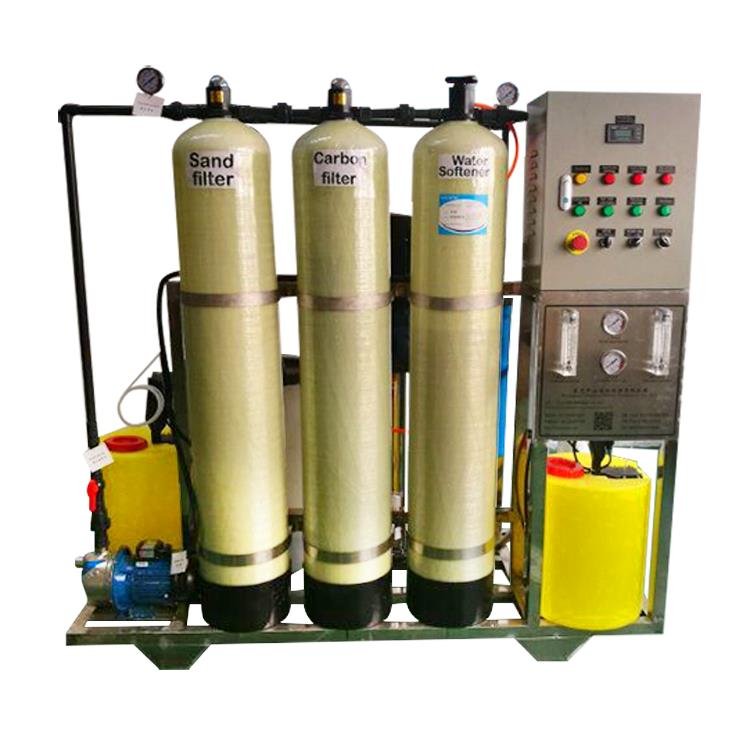
Portable water purification plants are essential assets in providing safe drinking water, especially in areas where access to clean water is limited. These plants are versatile and can be deployed to treat water from diverse sources, including streams, lakes, and even sewage effluent, to produce drinking water that meets stringent state board of health standards.
To achieve this, portable water purification plants employ a range of cutting-edge technologies tailored to the specific characteristics of the water source and the contaminants present. Common purification methods include:
1. Filtration: Various filtration techniques, such as rapid sand filtration, membrane filtration, and multimedia filtration, are utilized to remove suspended solids, sediment, and particulate matter from the water.
2. Disinfection: Effective disinfection methods like chlorination, UV irradiation, and ozonation are employed to kill harmful microorganisms, including bacteria, viruses, and protozoa, ensuring the safety of the treated water for consumption.
3. Chemical Treatment: Coagulation, flocculation, and sedimentation processes are used to aggregate and remove fine particles and colloidal matter from the water, often followed by chemical disinfection to neutralize pathogens.
4. Adsorption: Activated carbon adsorption is employed to adsorb organic compounds, pesticides, and other dissolved contaminants, improving the taste, odor, and overall quality of the treated water.
5. Reverse Osmosis: In cases where high levels of dissolved salts and contaminants are present, reverse osmosis membranes are utilized to remove dissolved solids, ions, and impurities, producing high-quality drinking water.
By integrating these and other advanced technologies, portable water purification plants can efficiently treat water from virtually any source, providing safe and potable drinking water to communities in need, disaster-stricken areas, or remote locations where traditional water infrastructure is lacking. This capability plays a vital role in safeguarding public health and promoting access to clean water, essential for human survival and well-being.
Safe Water Solution is concerned with Water Treatment and solutions with consultancy on projects since 2019
309/3, East Nakhalpara, Tejgaon, Dhaka-1215
Kha-198/5, Middle Badda, Badda, Dhaka-1212, Bangladesh
317, (first floor) East Nakhalpara, Tejgaon, Dhaka-1215, Bangladesh
+880 1841-668614
+0881814668616